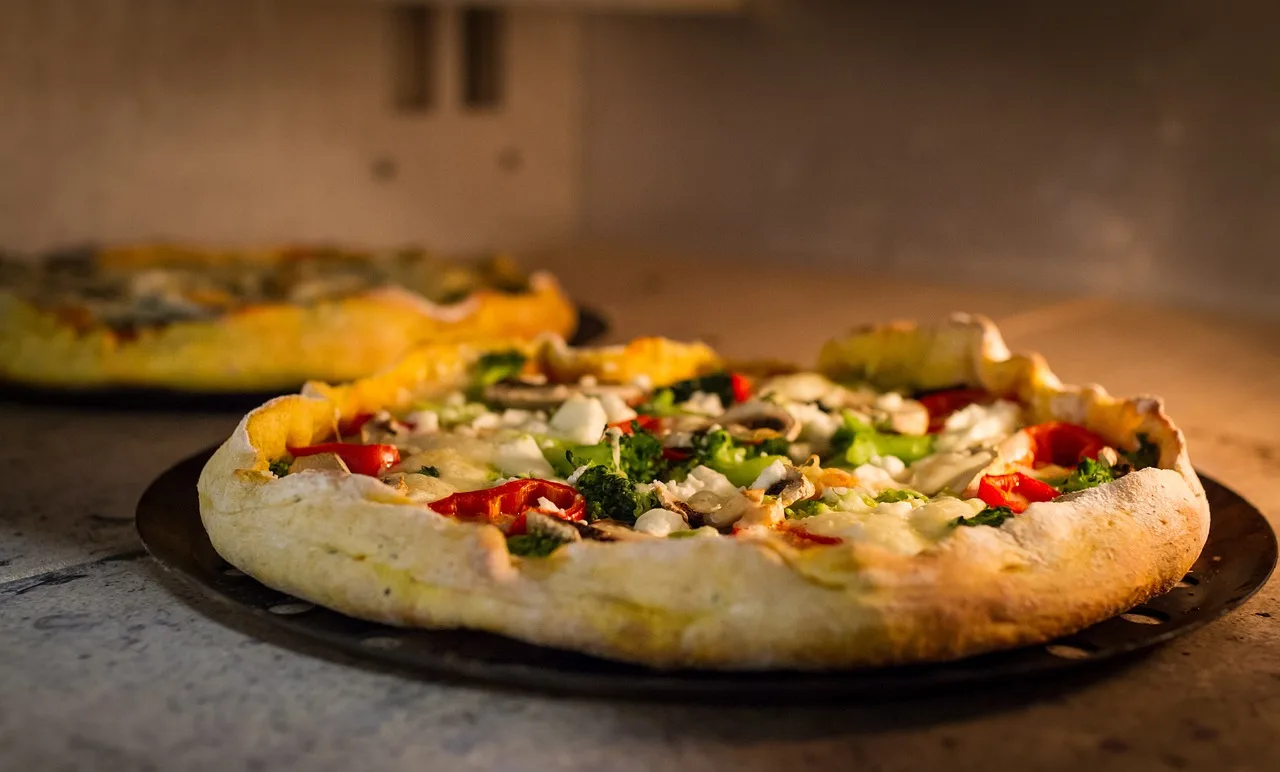
Coconut flour is a versatile and nutritious alternative to traditional wheat flour, and it has gained popularity in recent years due to its unique characteristics. One of the most exciting uses of coconut flour is in pizza crusts. In this article, we will delve into the magic of coconut flour pizza crust, exploring its benefits, how to make it, and various delicious topping ideas. Whether you are following a gluten-free, vegan, or simply health-conscious lifestyle, coconut flour pizza crust is a fantastic option that will not disappoint.
The benefits of using coconut flour in pizza crust
Coconut flour is not only delicious but also incredibly nutritious. It is naturally gluten-free, making it an excellent choice for individuals with gluten sensitivities or those following a gluten-free diet. Unlike traditional wheat flour, coconut flour is high in fiber and low in carbohydrates, making it a suitable option for individuals looking to manage their blood sugar levels or lose weight. Additionally, coconut flour is packed with essential nutrients such as iron, potassium, and healthy fats, providing a nourishing base for your pizza crust.
How to make coconut flour pizza crust
Making it is surprisingly easy, and the results are sure to impress. Here is a simple recipe to get you started:
Ingredients:
- 1 cup coconut flour
- 4 eggs
- 1/4 cup olive oil
- 1/4 teaspoon salt
- 1/2 teaspoon baking powder
- 1/2 cup water
Instructions:
- Preheat your oven to 400°F (200°C) and line a baking sheet with parchment paper.
- In a large mixing bowl, whisk together the coconut flour, baking powder, and salt.
- In a separate bowl, whisk together the eggs, olive oil, and water.
- Gradually add the wet ingredients to the dry ingredients, stirring until well combined and a dough forms.
- Place the dough onto the prepared baking sheet and use your hands to shape it into a round pizza crust.
- Bake for 12-15 minutes, or until the crust is golden brown and firm to the touch.
- Remove from the oven and let it cool slightly before adding your desired toppings.
Tips for working with coconut flour
Working with coconut flour can be slightly different from working with traditional wheat flour. Here are some tips to ensure success when using coconut flour in your pizza crust:
- Coconut flour is highly absorbent, so you will need to use less of it compared to other flours. Be sure to follow the recipe and not substitute it one-to-one with other flours.
- To achieve a light and fluffy crust, it is essential to include enough eggs or other binding ingredients in your recipe. Eggs act as a natural leavening agent and help hold the crust together.
- Give the dough time to rest before shaping it into a crust. This will allow the coconut flour to fully absorb the liquid and give the crust a better texture.
- If the dough feels too dry, gradually add more liquid until you reach the desired consistency. On the other hand, if the dough is too wet, add a bit more coconut flour to balance it out.
- When shaping the crust, it can be helpful to wet your hands with water or oil to prevent the dough from sticking.
Delicious topping ideas for coconut flour pizzacrust
Once you have mastered the art of making it, it’s time to get creative with your toppings. Here are some delicious ideas to inspire you:
- Margherita: Classic and simple, top your coconut flour crust with tomato sauce, fresh mozzarella cheese, and fresh basil leaves.
- Veggie Delight: Load up your crust with sautéed mushrooms, bell peppers, onions, spinach, and your favorite plant-based cheese.
- Hawaiian Paradise: For a tropical twist, add sliced ham, pineapple chunks, and a sprinkle of shredded coconut on your pizza.
- Mediterranean Medley: Spread pesto sauce on your crust and top it with olives, sun-dried tomatoes, feta cheese, and a drizzle of olive oil.
- BBQ Chicken: Brush your crust with barbecue sauce, and then add cooked chicken, red onions, cilantro, and a sprinkle of cheddar cheese.
Feel free to experiment and create your own unique flavor combinations. The possibilities are endless!
Comparing coconut flour pizzacrust to traditional pizza crust
When it comes to comparing it to traditional pizza crust, there are a few key differences to consider. Coconut flour crust is naturally gluten-free and lower in carbohydrates, making it a suitable option for individuals with dietary restrictions or those looking to reduce their carb intake. It tends to have a slightly sweeter flavor and a denser texture compared to traditional crusts. However, coconut flour crust is equally delicious and can hold up well to a variety of toppings.
Nutritional benefits of coconut flour pizza crust
It offers numerous nutritional benefits that set it apart from traditional crusts. As mentioned earlier, coconut flour is high in fiber, which aids in digestion and helps maintain a healthy gut. It is also a good source of healthy fats, which are essential for brain function and overall well-being. Additionally, coconut flour is rich in iron, which is vital for oxygen transport in the body, and potassium, which plays a crucial role in maintaining proper heart and muscle function. By choosing it, you are not only treating your taste buds but also nourishing your body with essential nutrients.
Coconut flour pizza crust recipes for different dietary needs
It can be easily adapted to suit various dietary needs. Here are a few recipe variations to try:
Gluten-Free Coconut Flour Pizza Crust:
- Use gluten-free baking powder and ensure all other ingredients are gluten-free. Follow the basic recipe outlined earlier.
Vegan Coconut Flour Pizza Crust:
- Replace the eggs with a flaxseed or chia seed egg substitute. Mix 1 tablespoon of ground flaxseed or chia seeds with 3 tablespoons of water. Let it sit for a few minutes until it forms a gel-like consistency. Use this mixture as a replacement for each egg in the recipe.
Paleo Coconut Flour Pizza Crust:
- Replace the baking powder with 1/2 teaspoon of cream of tartar. Omit the salt or use a paleo-friendly salt substitute. Follow the basic recipe outlined earlier.
Feel free to experiment with different variations and adjust the recipes to suit your specific dietary needs and preferences.
Where to buy coconut flour for pizza crust
Coconut flour can be found in many grocery stores, health food stores, and online retailers. When purchasing coconut flour, be sure to look for organic, unbleached varieties for the best quality and flavor. Some reputable brands include Bob’s Red Mill, Anthony’s Goods, and Nutiva. If you prefer to shop online, websites like Amazon and Thrive Market offer a wide selection of coconut flour options.
Conclusion: Enjoying the magic of coconut flour pizza crust
Coconut flour pizza crust is a delicious and nutritious alternative to traditional crusts, offering a range of health benefits and culinary possibilities. Whether you are following a gluten-free, vegan, or simply health-conscious lifestyle, it is a versatile option that is sure to satisfy your pizza cravings. By exploring different topping ideas and experimenting with variations, you can create a pizza masterpiece that is both delicious and nourishing. So why not give coconut flour pizza crust a try and experience the magic for yourself?
Enjoy the mouthwatering flavors and health benefits of coconut flour pizza crust today!







